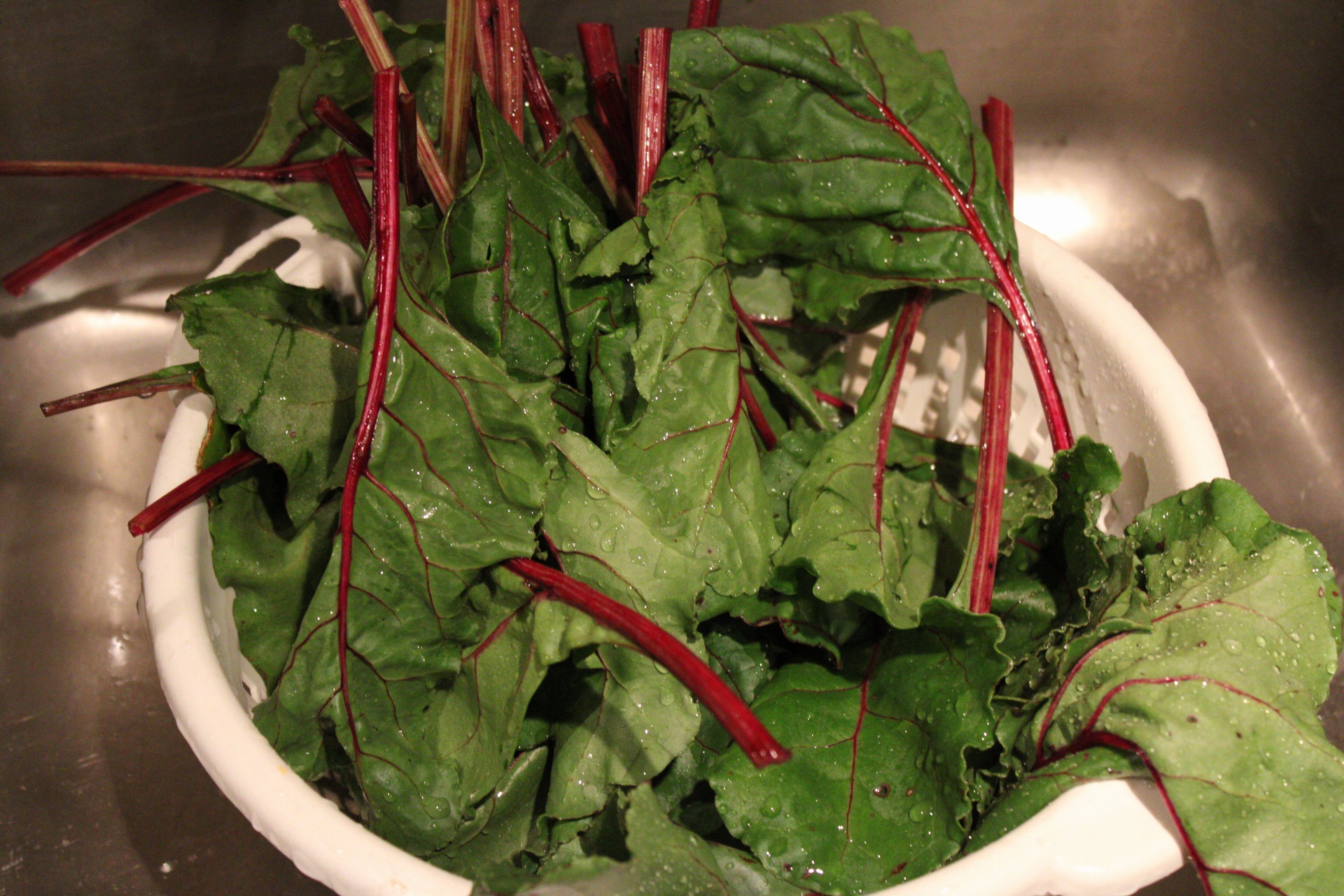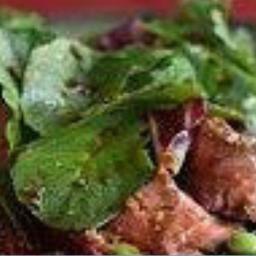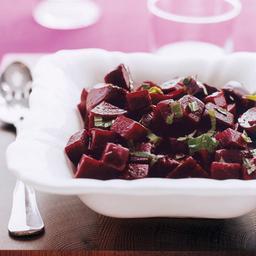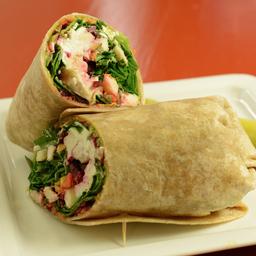
If you had asked my eleven year old self if I thought I would ever like beets, I would have laughed and laughed…AS IF! Fast forward to my adult self and I laugh at the fact that I didn’t use to like beets. Now, I find them delightful! My childhood dislike of beets could be explained by the way they were prepared. We were served cold picked beets and they just weren’t tasty to me! As an adult, I have expanded my options with roasted, boiled, grilled and even raw beets. Each one of these methods of preparation has found a place in my heart and on my plate. In fact, I think a platter of sliced chilled beets of various colors sprinkled with feta and a drizzle of balsamic vinegar is one of my favorite dishes to serve at a summer party. 
The beetroot, which is more commonly referred to as a beet, is indeed a root vegetable. They are a great source of fiber, folate (vitamin B9), manganese, potassium, iron, and vitamin C. Beets can help lower blood pressure and are a healthy choice if you want to improve oxygen levels during exercise. Beets have dietary nitrates that have been shown to reduce oxygen use during physical exercise by affecting the efficiency of mitochondria, the cell powerhouse.
However, beets should not be consumed often by those prone to kidney stones. Beets are high in oxalates that can cause calcium oxalate kidney stones. Oxalates are found in a number of healthy foods such as spinach, kale, soy products and almonds to name a few. However, beets are one of the foods highest in oxalates. About 75% of all kidney stones are created when there is an abundance of oxalates in the urine that combines with calcium. However, this doesn’t mean you should avoid calcium, in fact, it’s important to consume calcium and oxalate-rich foods together during a meal. This allows the oxalate and calcium to bind to one another in the stomach and intestines before the kidneys begin processing, making it less likely that kidney stones will form. Most of us don’t consume beets on a daily basis, but if you do, just make sure you are drinking plenty of water to help flush you kidneys. (Always good to drink plenty of water!) If you have any concerns, be sure to check with your doctor.
The best beets are fresh beets. When I was a child most of the beets served to me came out of a can or jar. Not saying that is bad, just not as flavorful as fresh! I’m still not a fan of pickled beets but you can’t win them all! Early spring brings the sweetest beets; crops harvested in the late summer and early fall have a stronger flavor. Beets grow well in cooler temperatures similar to other root vegetables.
Best Beet Tips:
Beet Choosy: The beet should be firm, not soft to touch or slimy. if stems and greens (tops) are still attached, they should be firm and not limp. They should be green and not yellow or brown.
Beet Economical: Two for the price of one, beet tops are delicious and can be sautéed or added raw to salads. Their flavor is sweet and mild and even the stems are tasty…better than kale or collard greens! Nutrient-rich beet greens contain more antioxidants and other phytonutrients than the beet roots themselves.
Beet Sweet: Most varieties will be sweeter when smaller. However, if you get larger bulbs, make sure the taproot (the root at the bottom of the beet) is not “hairy” as that is an indication the beet will be tougher and not as tasty.
Beet Protective: Store your beets the best way. To extend shelf life, cut off the beet greens and store wrapped in a paper towel in the refrigerator. The tops don’t last as long as the bulbs. Also store the beet bulbs in the refrigerator.
Beet Adventurous: Try all kinds of varieties. Yellow, red, pink, white and one of my favorite to serve, the the Chioggia beet, commonly called candy cane beets. They have fun white and pink stripey colors. These are best boiled or pickled to show off their bold colors. Beets of all varieties can lose a little of their color vibrancy when roasted or grilled.
Beet Colorful: Beware that when handling cooked beets they can dye your hands! However, it’s a fun project to naturally dye eggs or clothing with beets. Here is a link to learn more about dying with beets.
Beet OK: No, that red in your pee or poop is nothing to be concerned about after eating beets! There is a compound in beets called betanin that gives it a distinct and vibrant red hue. Betanin is absorbed in large concentrations. This can cause the pigment to be excreted rapidly in urine, and again later in stool. It’s a phenomenon called beeturia. Beeturia can last up to 48 hours and isn’t anything to be concerned about.
What did the carrot say to the wheat? Lettuce rest, I’m feeling beet.
~Shel Silverstein
Meet These Fabulous Beet Recipes!
Search for more beet recipes in your DinnerTime Recipe Box.
Use the filter function (found on right of your DinnerTime Recipe Box search) to find desserts, main dish, side dishes etc.



